I have been asked several times why the prices of Kenyan coffees differ so much even though the lots might come from the same station. More specifically, I have been asked to explain why Karimikui AB #170 can be more expensive than Karimikui AA #062 seeing that AA is a higher grade and of supposedly “better” quality.
The out-turn number
The Kenya coffee regulations define the coffee year to be 12 months starting from 1st October. Each lot of coffee is given an out-turn number, which serves as a traceability code within Kenya. In the example of the coffees above, the out-turn numbers are 15NG0170 and 17NG0062 respectively.
What do these numbers mean?
- The first two numbers represent the week it was delivered to the mill, according to the coffee calendar (remember, it begins on October 1st.)
- The second two letters represent the miller/marketing agent of the coffee
- The next 3 numbers represent the lot number serialized by the miller
How is coffee sold in Kenya?
Via Auction:
The Cooperative aim to earn the most money possible for their members’ coffee, so they watch the auction prices and wait for the highest possible price before delivering the parchment to the marketing agent/miller. They deliver a sample to all registered exporters for cupping a week before the auction. At the auction exporters bid for their short list. The final price depends on demand. Earlier in the season there is often less coffee, so demand and prices can be higher.
Selling Direct:
The Cooperative looks at the average auction price for coffee from their region. An agreement is made with the exporter or buyer (importer/roaster) for a premium to be paid on top of the average auction price. This is usually more beneficial for all parties involved, and often result in long term relationships.
The Nordic Approach buying strategy
When determining our buying strategy in Kenya we look at several factors which can change from year to year. This is what I discovered on my first visit to Kenya in November last year.
Factor #1: The Forecast
When I visited Kenya in November, it looked as though we would have a weak Kenya year with huge losses due to Coffee Berry Disease (CBD). As a result buyers travelled earlier in 2019 to secure their volumes and exporters were more aggressive in bidding at the auction to fill their needs. Demand for the amazing coffees was high, so these lots were earning very high prices, regardless of whether they are grade AA or AB.
Factor #2: The quality of the early coffees
On that first buying trip in November, it was clear to me that Kirinyaga and Kiambu coffees were going to be ready earlier. Coffees from week 13 were already tasting amazing and open, hence I decided to start the Nordic Approach buying season selecting from these regions in order to ship an earlier container. Because of the harvest and overall volume uncertainty, prices were increased by the aggressive bidding.
Factor #3: The quality and opportunities later in the season
A lot of buyers bought more expensive coffees earlier in the season, and as a result decided to lower their yearly volume. For some, that meant that they would not return to buy more Kenyan coffee, but rather focus on other origins. With the ever falling market price, importers lowering their volume, bidding was less aggressive and overall prices fell. This does not mean that the coffee is of a lower quality, simply that demand was lower and gems can be found at more reasonable prices.
So which Kenyan coffees should you buy?
If you need Kenyan coffee early and want to select from the best out-turn numbers of Kirinyaga and Kiambu for your customers (something many roasters want), the first container which lands in Belgium today is perfect for you.
If your customers are not harassing you for Kenyans and you can wait a few more weeks, our next two containers shipped on May 4th, and are expected to arrive in June. These containers offer exceptional quality with a wider range of prices, some later harvest coffee and new Nyeri lots.
Note: The factors change every single year and with that our buying strategy. For future planning please contact me at alexander@nordicapproach.no.
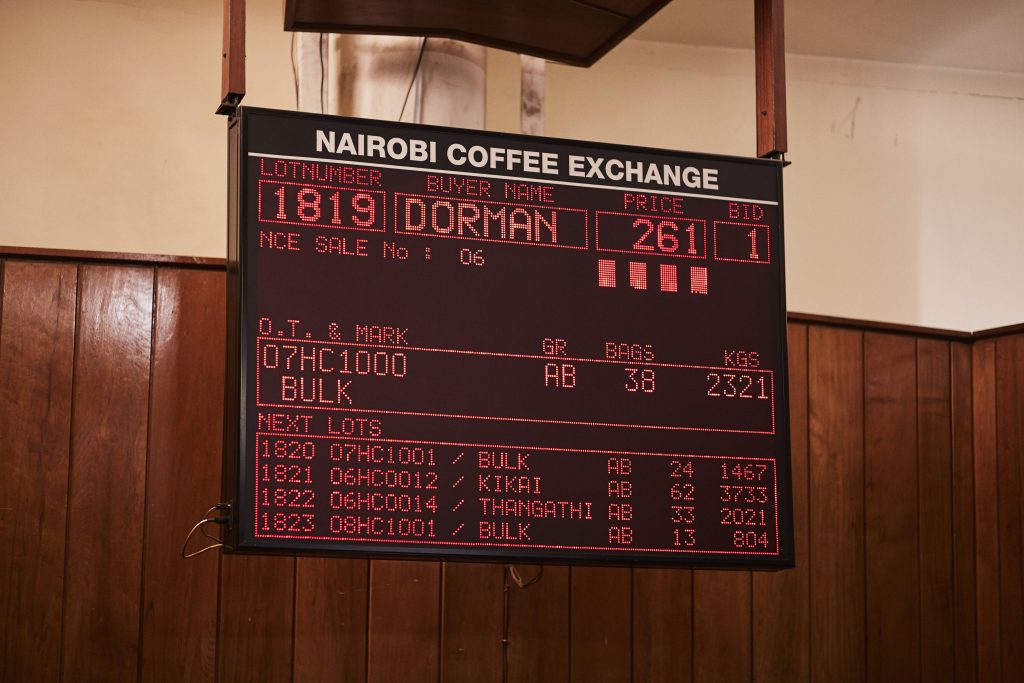
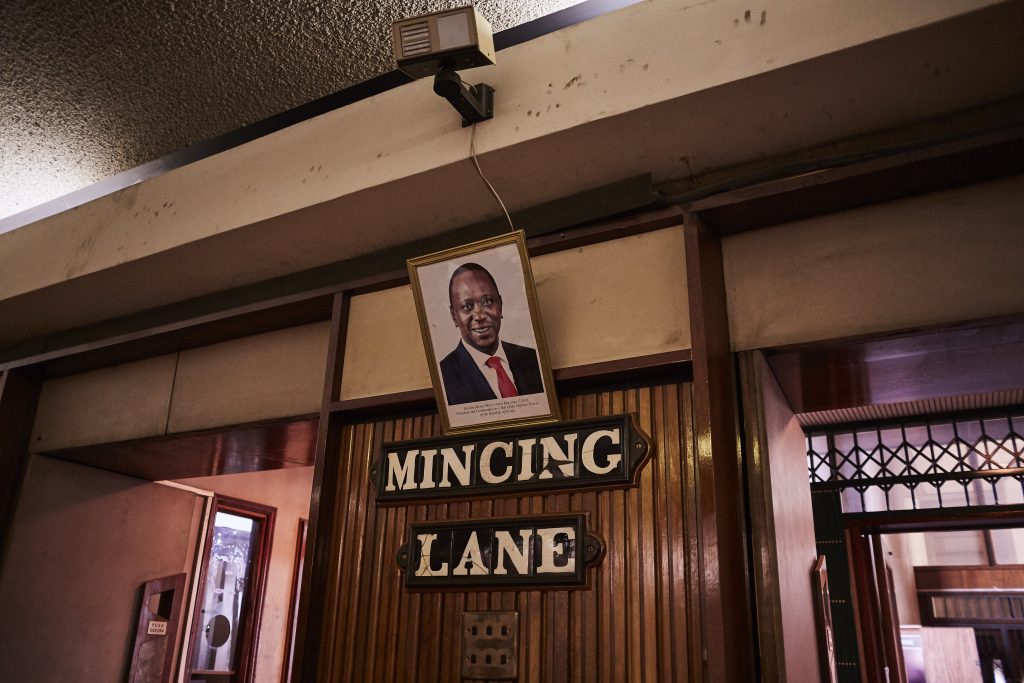
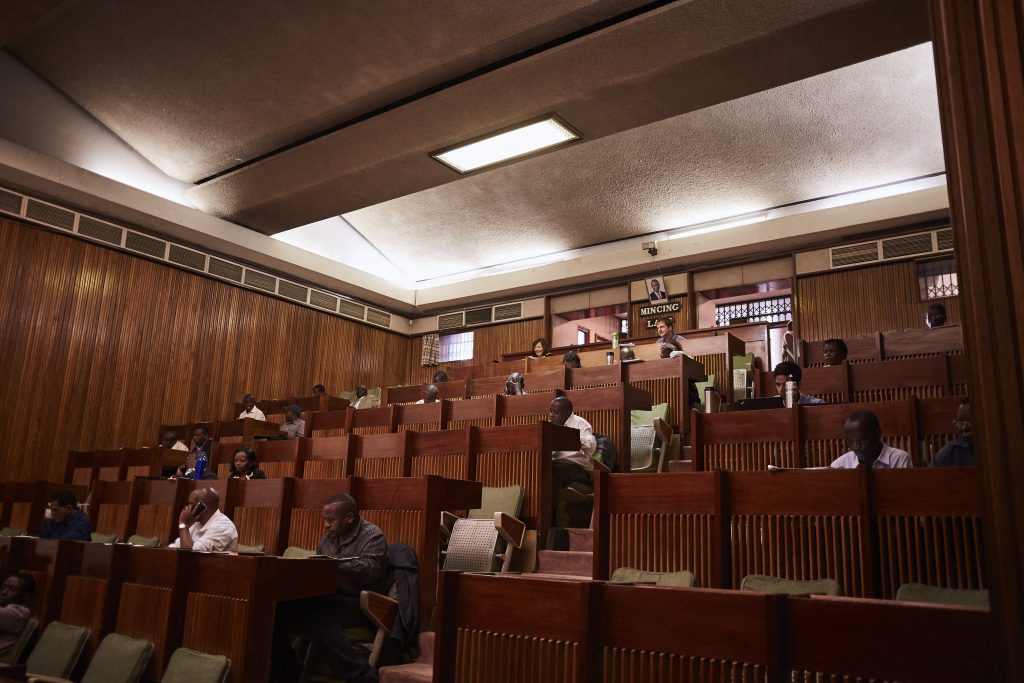
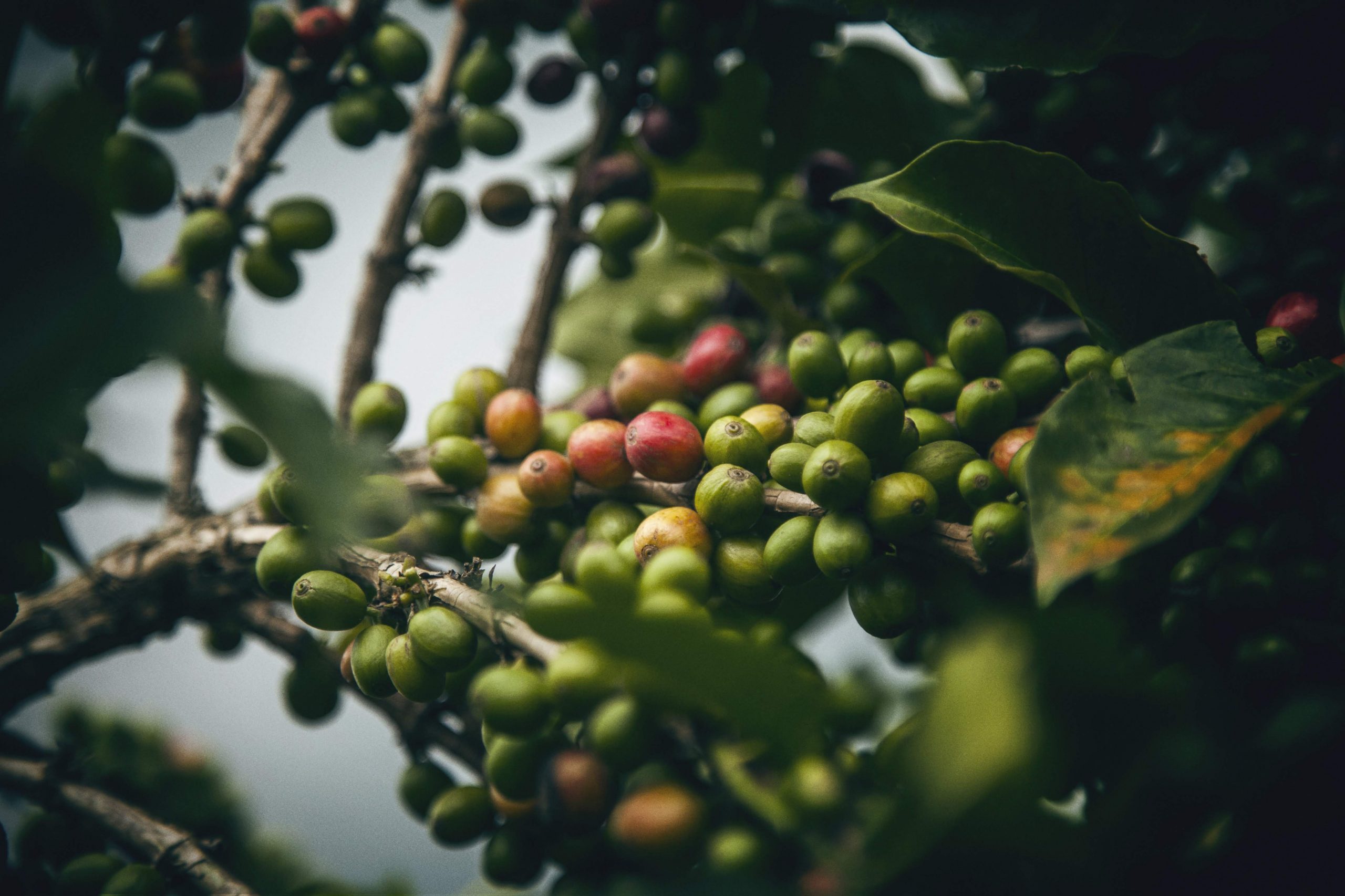
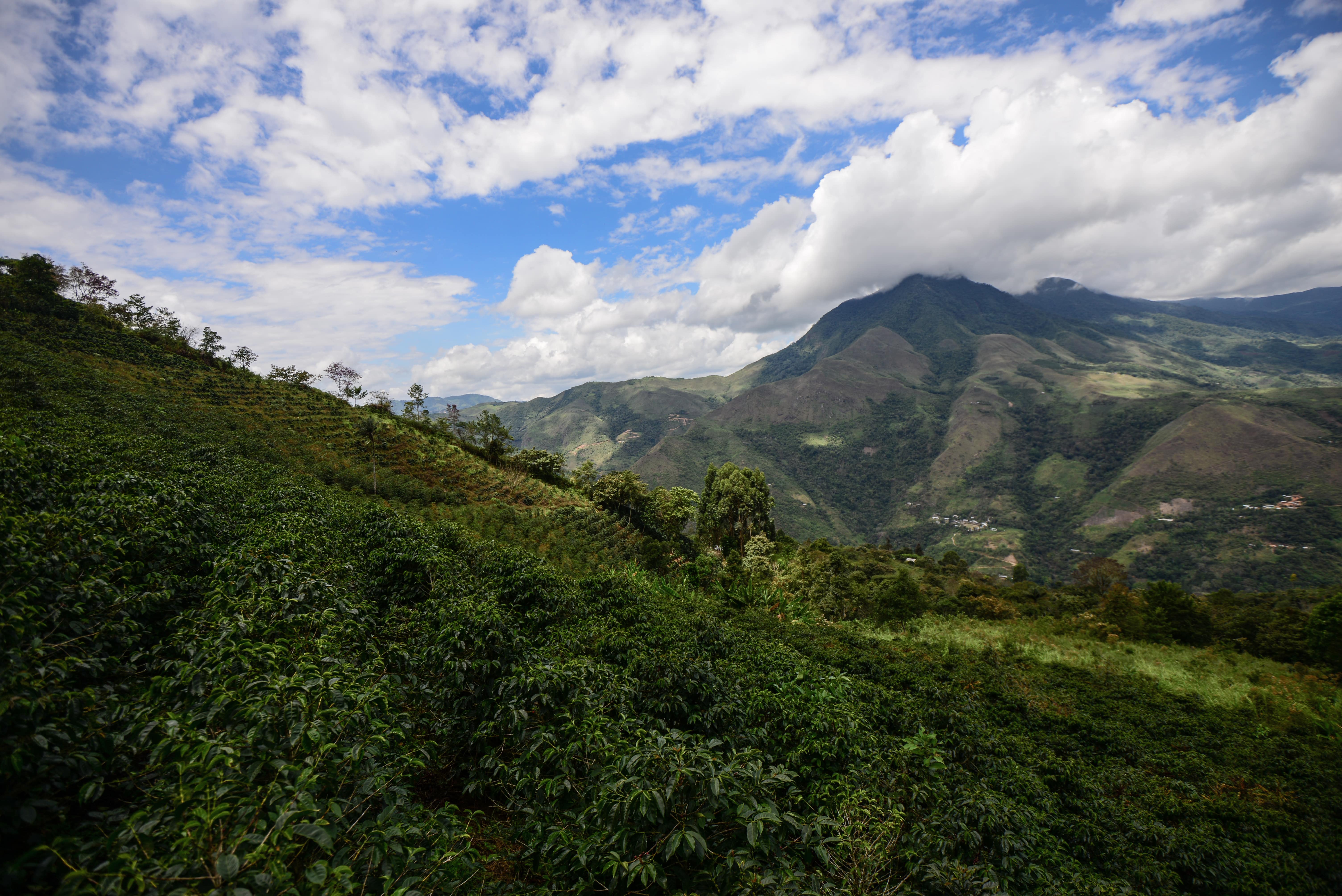

0 Comments